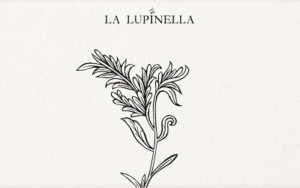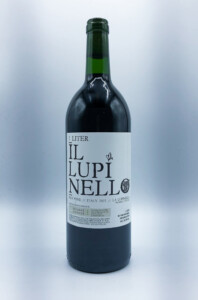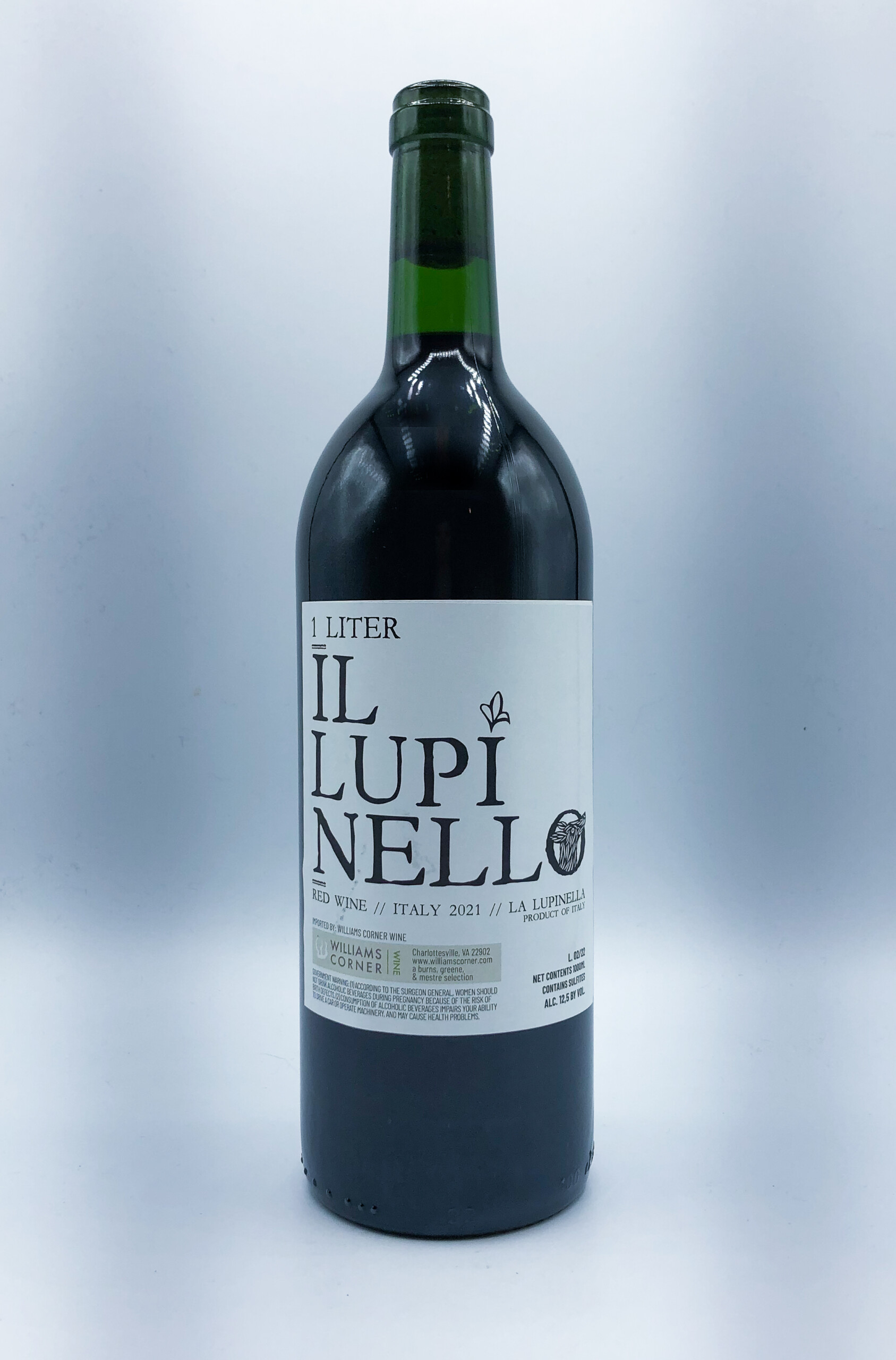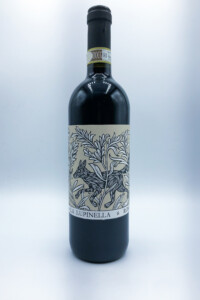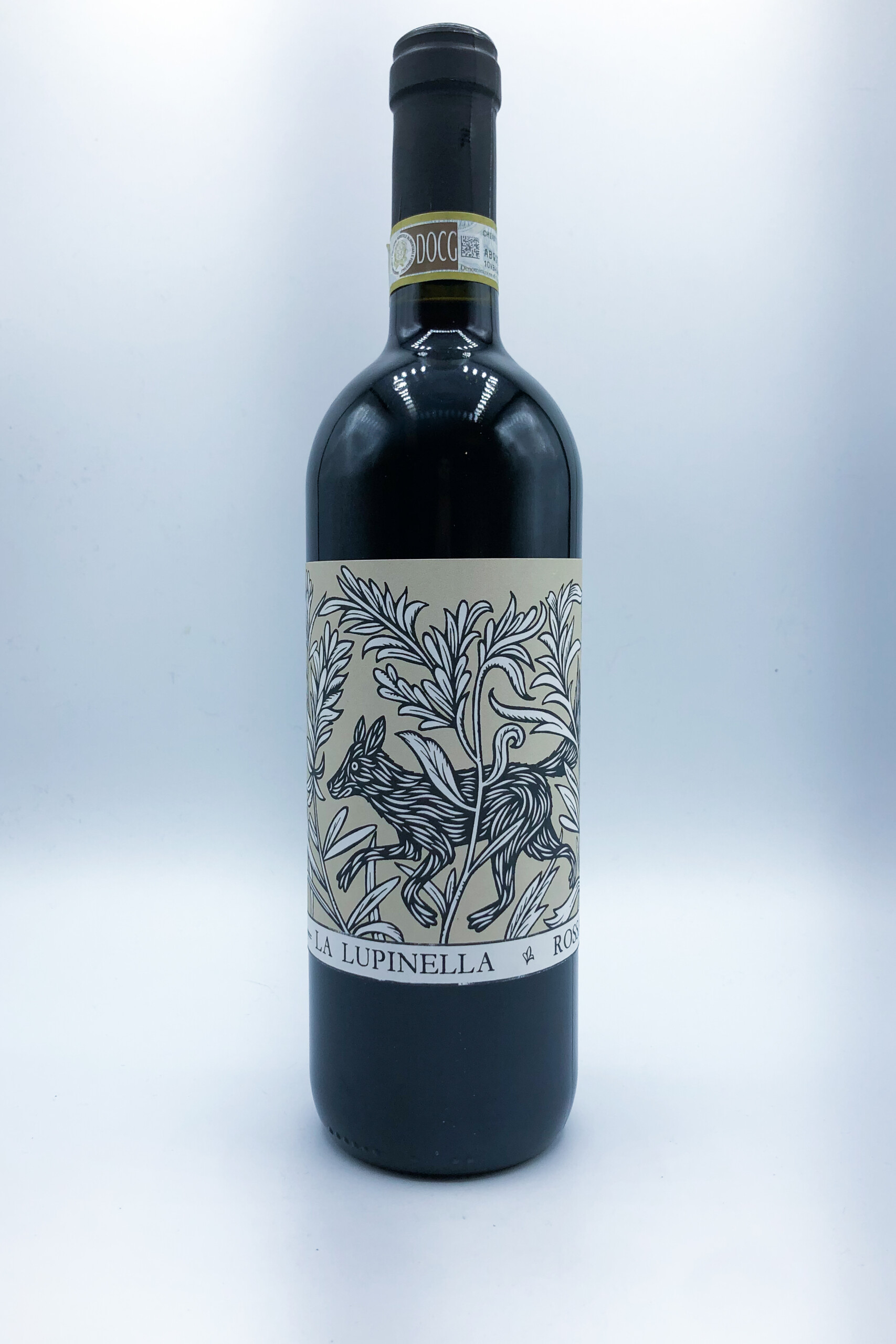La Lupinella
About
Owner: Marco Bitossi
Winemaker: Manuela Marzi
Vineyards: 12ha in two communes, Montespertoli (10ha) and Sant’Ansano (2ha)
Vineyard management: Certified organic
Soils: Clay-loam
Grapes grown: Sangiovese, Canaiolo, Colorino, Trebbiano
Annual production: 30,000 bottles
Quick facts:
- The Bitossi family is best known for their production of artisanal ceramics.
- “Lupinella” is the name of a local wildflower.
- The soils here are clay, which the Bitossi family describes as the “central theme of our story”–the clay in which the vines grow is the same clay used for the family’s renowned ceramics as well as the amphoras in which the wines are made.
- The labels are designed by American artist Don Carney, who also worked with the family to design ceramic tiles.
The Bitossi family has been in the region since the sixteenth century–they’ve been ceramic artisans for generations. In 1977, Vittoriano Bitossi acquired the parcels of land that would become the principal body of the holding, divided between Montespertoli and Sant’Ansano in the commune of Vinci. For the following decades, they made wine for family and local consumption, until professionalizing the operation in the mid 1990s. The idea was to show the potential of this wild and little-known area of Tuscany. They rehabilitated the vineyards with an eye for quality and renovated the cellar.
Farming practices are certified organic–beyond simply eschewing synthetic chemicals, they focus on supporting soil health and protecting local biodiversity through cover cropping, row weeding, and the introduction of biocompatible plants in the vineyard. Above all, they are constantly present in the vineyards
Their winemaking philosophy is based in deep respect for the environment and the terroir, the expression of indigenous grape varieties, and a never-ending desire to experiment. Vinification takes place primarily in cement tanks and clay amphoras, with some large old oak casks used as well. The goal is to craft wines that balance tradition and modernity, while expressing varietal character and their distinctly Tuscan nature.

